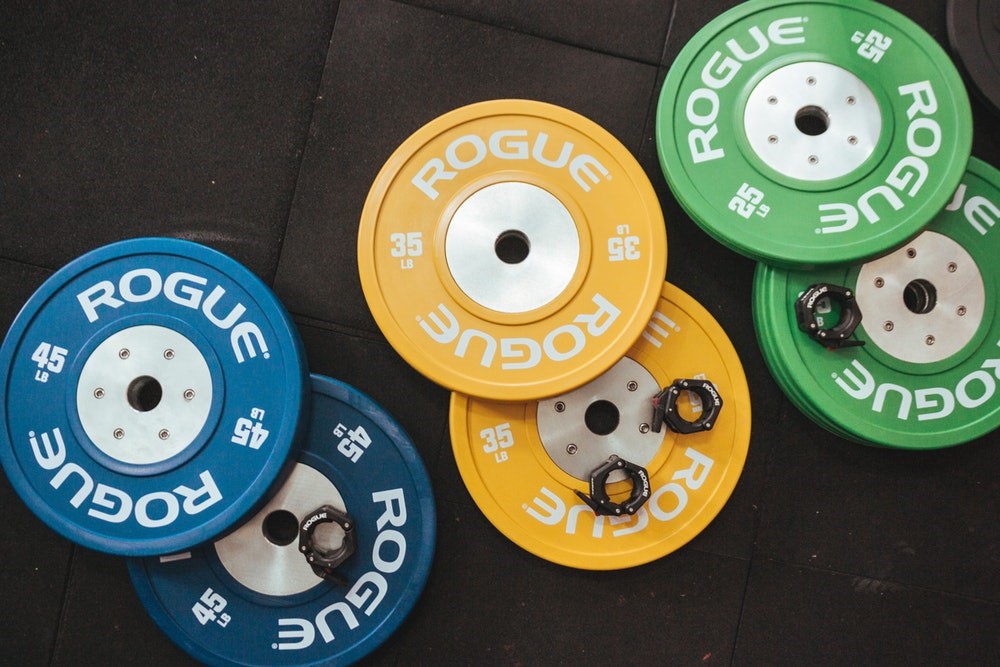PERIODISATION
By Michael Vilen-Letts

Periodisation, the process of systematically planning training so as to reach peak performance is a hot topic in relation to optimising performance within many competitive sports, including physique development. This blog post will provide a very brief overview of the how’s and why’s of periodisation and why it’s effective in ensuring progress in the long term.
To help understand why phase potentiation (the strategic sequencing of programming phases to increase potential of the subsequent phase) is possible, here is a concise summary of the three hypothesised primary mechanisms of muscle hypertrophy and the means to target each:
1. Mechanical Tension
- Low repetition training (1-6 reps) with a relatively long rest period allows significant mechanical tension and stretch under load to be generated.
- Muscle Damage
- Moderate repetition training (6-12 reps) produces significant mechanical tension and metabolic stress, although less than low rep and high rep respectively. However, it is easier (on average) to accrue sufficient volume* within this repetition range than others and therefore theoretically increasing the potential for muscle damage across the full spectrum of muscle fibres.
- Metabolic Stress
- High repetition training (15+) with relatively short rest periods produces significant metabolite accumulation.
Periodisation allows you to benefit optimally from each variable and each provides a positive carry-over effect to the next block of training.
To provide a practical example, an individual who is trying to gain mass may start with a 4 week cycle primarily using sets of 15 repetitions. This style of training whilst itself providing a hypertrophic stimulus, also increases local muscular endurance through increased glycogen storage, improved blood supply, more efficient transport of oxygen and removal of metabolites. These adaptions allow for faster recovery between workouts, between sets and even between reps.
These adaptions follow on to potentiate the results from the next 4 week block of moderate repetition training, allowing you to achieve a greater volume of training per session that are still possible to recover from. Therefore providing a greater stimulus for hypertrophy.
At this stage, the individual would be expected to have some additional muscle mass. Finishing the hypertrophy block with 4 weeks of low repetition training will provide a novel stimulus for hypertrophy through increased mechanical tension and stretch under load, as well as providing improved neural coordination leading to gains in strength which in the future will allow greater mechanical tension to be generated.
Hopefully you will be able to see that if you reversed this particular example, the effects of phase potentiation would also be in effect. There is no one-size fits all model, but understanding the basics should allow you to use the concept within your own training and adapt it as you see fit.
N.B. * Volume is a key driver of hypertrophy as a product of points 1, 2 & 3.
Pic source: Victor Freitas at Unsplash
About the author
As a graduate of Sport & Exercise Science from Loughborough University and a current student of Medicine at King’s College London I have gathered a vast array of knowledge of anatomy, physiology and nutrition amongst others that I can apply to the fields of sport performance and physique development. Formerly a national level swimmer and now a recreational martial artist with an ambition to compete in physique events in the future, I try to apply evidence-based strategies wherever possible to achieve my goals.


